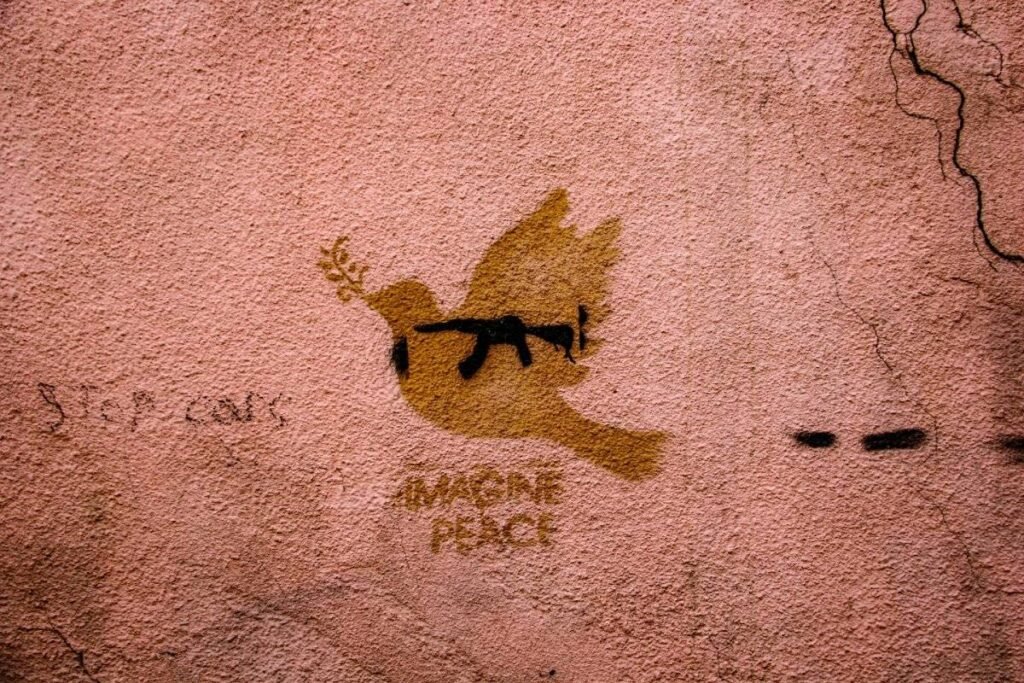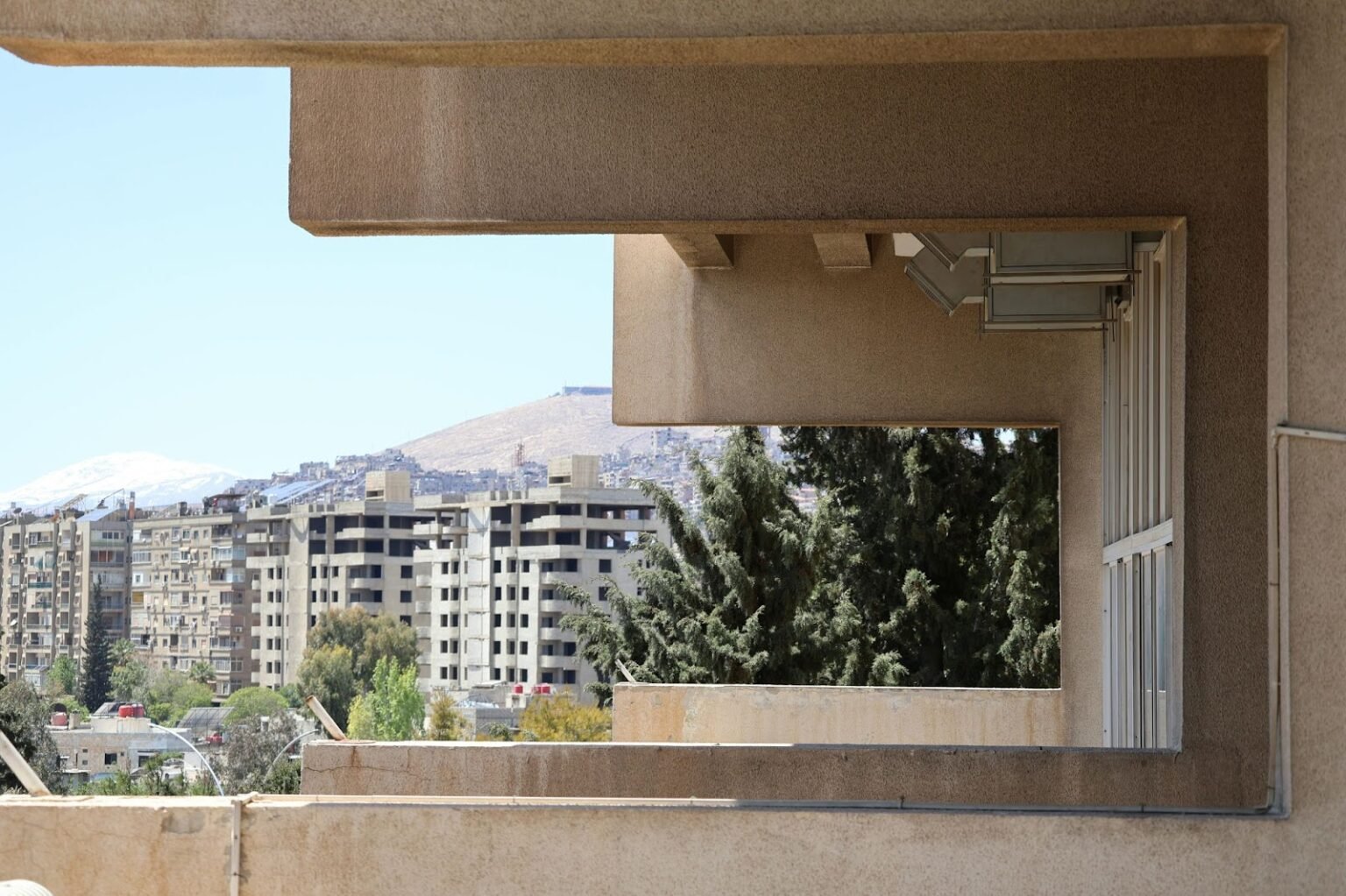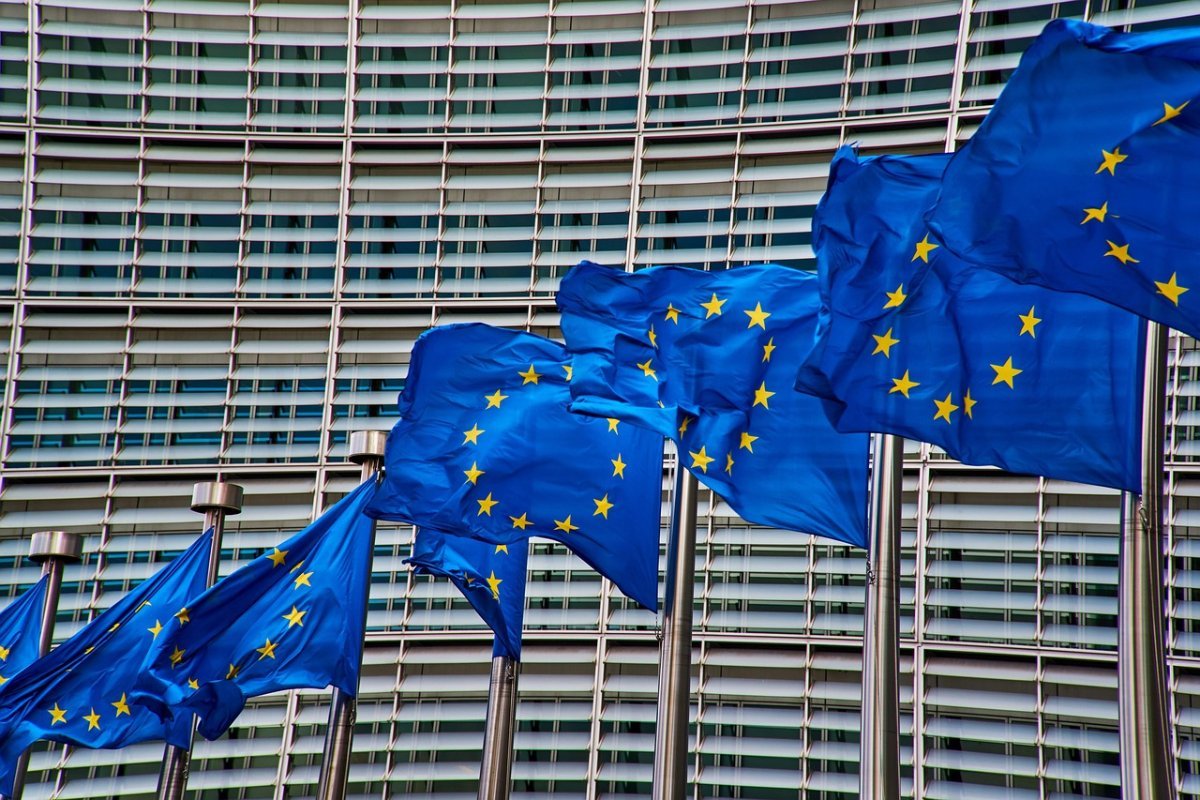In a significant development that highlights the deep entanglement of issues in the Middle East, Israel Hayom revealed that former U.S. President Donald Trump is pressuring Israeli Prime Minister Benjamin Netanyahu to reach a ceasefire agreement in Gaza. Notably, this push is being matched by an American initiative urging Israel to reach a parallel agreement with Syria under U.S. guarantees.
Damascus and Gaza at the Same Table:
According to the pro-government Israeli newspaper, Trump believes that the long-term stabilization of the Gaza ceasefire runs through Damascus. Leaks suggest that Washington is working on a comprehensive political package that includes a direct agreement between Tel Aviv and Damascus to pave the way for new security arrangements and a long-term ceasefire in Gaza. Trump hopes to see this realized as soon as possible.
Meanwhile, Syrian President Ahmad Al-Sharaa responded to American signals with a visit to the United Arab Emirates — a country known for its key role in crafting the Abraham Accords aimed at normalizing relations between Israel and Arab states.
This political movement coincided with security developments on the ground. In the past two days, simultaneous arrests took place in Al-Bukamal in eastern Syria and in southern Syria, carried out by Israeli forces against IRGC-affiliated leaders. These actions are believed to be part of broader, undeclared coordination between Tel Aviv and Damascus.
HTS Removed from Terror List:
Perhaps the most striking move was the U.S. decision to remove Hay’at Tahrir al-Sham (HTS) from its list of foreign terrorist organizations. Observers believe this step aims to encourage Israeli flexibility and create a more conducive environment for broader regional negotiations involving Syria and its neighbors.
At the same time, Israeli media quoted a Syrian source stating that a meeting between Al-Sharaa and Netanyahu is expected to take place in Washington to sign a security agreement.
Given these developments, the region appears to be moving toward a comprehensive American-led approach addressing the Gaza, Syria, and Iran files simultaneously. It resembles a “temporary regional peace deal” aimed at cooling active fronts and restoring previous lines of understanding—but with a new framework.
While full peace remains distant, overlapping signals from Washington, Tel Aviv, and Damascus clearly indicate that what’s underway is much more than a temporary truce. It could mark the beginning of a new phase in regional dynamics that redefines old alliances and rivalries in an increasingly complex landscape.



